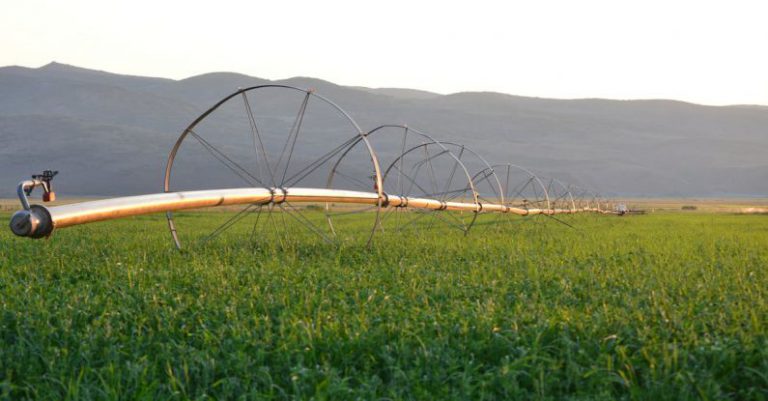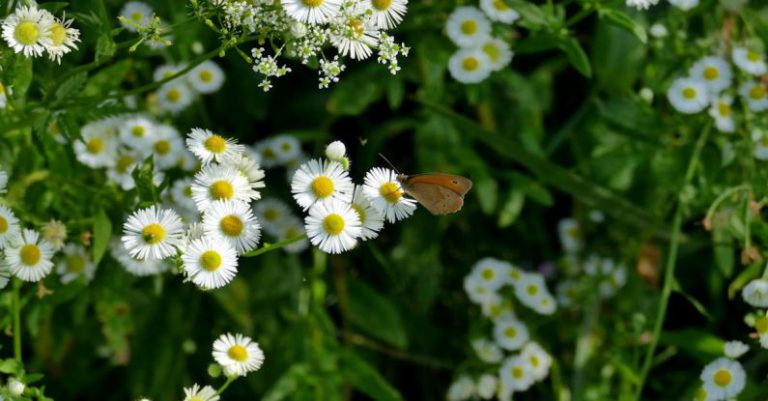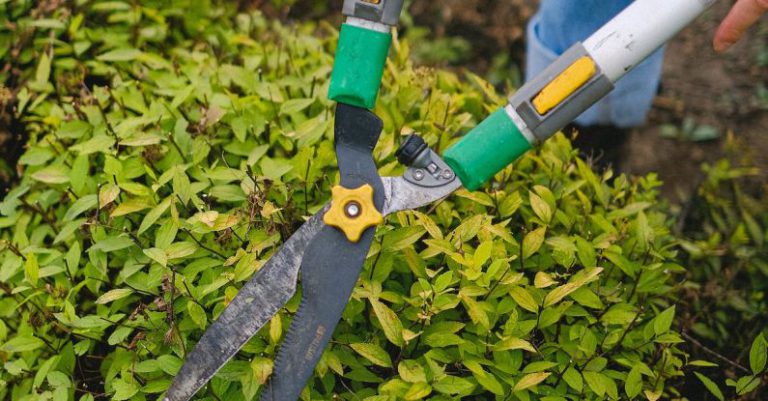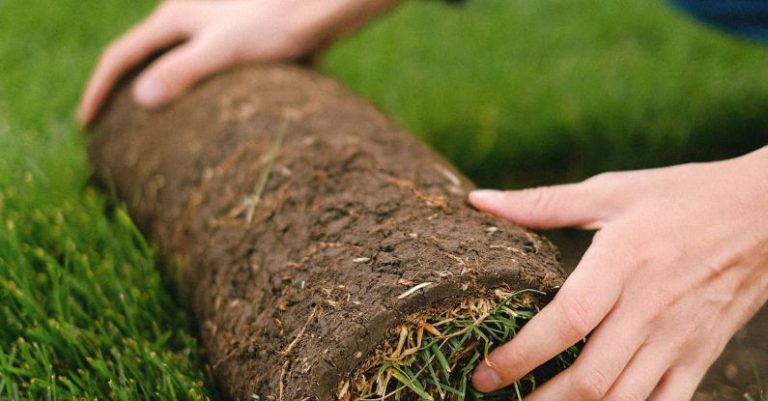How to Use Mulch to Improve Your Garden?
Mulching is a simple yet effective way to improve your garden. It involves covering the soil with a layer of organic or inorganic material to enhance its fertility, retain moisture, suppress weeds, and protect plant roots. Mulch can be made from various materials, such as wood chips, straw, leaves, grass clippings, compost, or even rocks. In this article, we will explore the benefits of mulching and provide you with some tips on how to use mulch to improve your garden.
Benefits of Mulching
1. Retains Moisture: One of the main benefits of mulching is that it helps retain moisture in the soil. By covering the soil with a layer of mulch, you can prevent evaporation and reduce water loss. This is particularly beneficial during hot and dry periods when plants need extra hydration.
2. Controls Weeds: Mulch acts as a natural weed barrier by preventing sunlight from reaching weed seeds. This inhibits their germination and growth, reducing the need for manual weeding or the use of chemical herbicides. By keeping weeds at bay, mulching also reduces competition for nutrients and water, allowing your plants to thrive.
3. Regulates Soil Temperature: Mulch acts as insulation for the soil, helping to regulate its temperature. During hot summers, mulch keeps the soil cool, preventing heat stress for your plants. In colder months, it provides a protective layer that insulates the soil, keeping it warmer and protecting plant roots from freezing temperatures.
4. Improves Soil Fertility: Organic mulches, such as compost or decomposed leaves, break down over time and enrich the soil with nutrients. As the mulch decomposes, it releases organic matter, which improves soil structure and fertility. This, in turn, promotes healthier plant growth and increases the availability of nutrients for your plants.
How to Use Mulch
1. Prepare the Soil: Before applying mulch, ensure that the soil is properly prepared. Remove any weeds or existing vegetation and loosen the soil to improve its aeration and drainage. This will create a favorable environment for your plants and help the mulch perform more effectively.
2. Choose the Right Mulch: Consider the specific needs of your garden when selecting mulch. Organic mulches, such as wood chips or straw, are ideal for vegetable gardens and flower beds as they break down over time, improving soil fertility. Inorganic mulches, such as rocks or gravel, are more suitable for areas where you want to suppress weeds without adding organic matter.
3. Apply Mulch Correctly: Spread a layer of mulch around your plants, ensuring that the roots are covered but the stems remain exposed. Avoid piling mulch directly against plant stems, as this can promote rot and pest infestations. Maintain a thickness of 2-3 inches for organic mulches, and 1-2 inches for inorganic mulches.
4. Mulch Regularly: Mulch decomposes over time, so it’s important to replenish it regularly. Once a year, in spring or fall, add a fresh layer of mulch to maintain its effectiveness. Remove any existing mulch that has become matted or compacted, as this can hinder water penetration and air circulation.
In conclusion,
Using mulch is a simple and effective way to improve your garden. By retaining moisture, controlling weeds, regulating soil temperature, and improving soil fertility, mulch provides numerous benefits to your plants. Remember to prepare the soil, choose the right mulch, apply it correctly, and mulch regularly to ensure optimal results. With these tips, you can harness the power of mulch and create a thriving garden that will be the envy of your neighbors.






